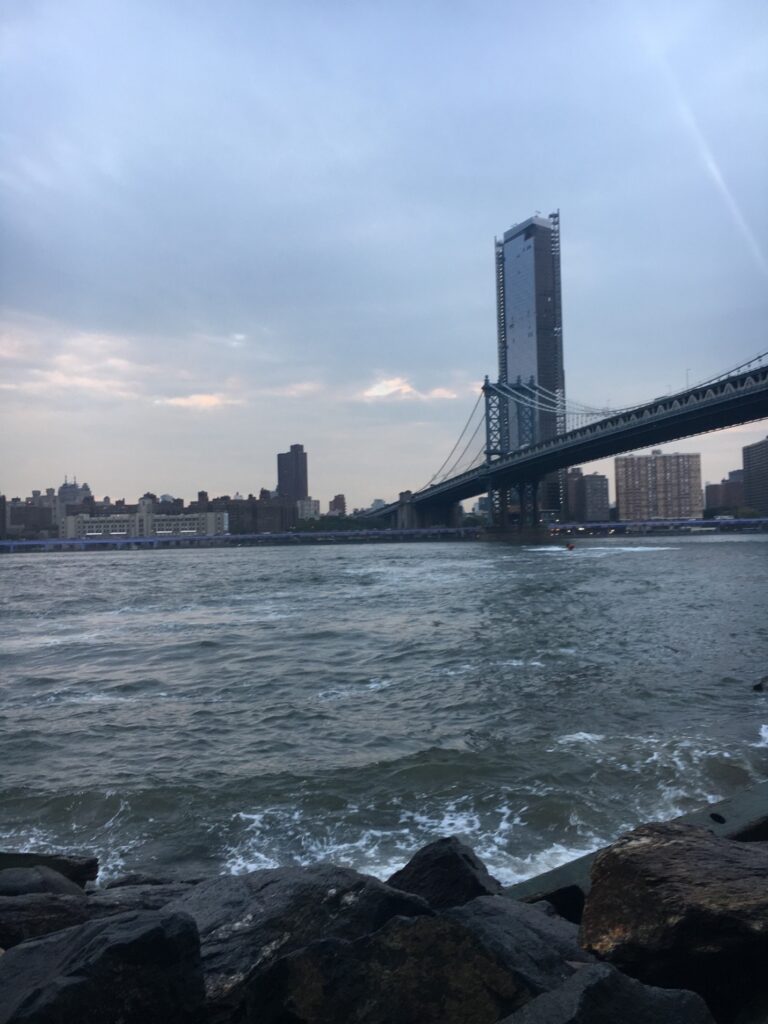
By Alice Min, S25 Environmental Clinic Student
For 32 years, John Hickey worked at the Saint-Gobain Performance Plastics factory in Hoosick Falls, New York. He died soon after his retirement at age 68 due to a sudden and aggressive kidney cancer. In 2014, his son Michael Hickey, suspicious of the high rates of cancer in Hoosick Falls, began collecting water samples from his kitchen sink and businesses around town. The samples came back showing Perfluorooctanoic acid (PFOA), a chemical linked to increased risk of testicular and kidney cancer as well as tumors, levels of 540 parts per trillion, well above the Environmental Protection Agency (EPA) guidelines of 70 parts per trillion. In December 2015, the EPA informed the 3,000 residents of Hoosick Falls to stop drinking or cooking with their water. In 2021, Saint-Gobain agreed to a $65 million settlement with the residents of Hoosick Falls that will provide medical monitoring to thousands.
The Hoosick Falls residents’ efforts went beyond a settlement, catalyzing a statewide movement to enshrine a “Green Amendment” in the New York constitution. In November 2021, 70% of New Yorkers voted “yes” to enshrining environmental rights in the New York State Constitution. The Bill of Rights of the constitution now reads, “Each person shall have a right to clean air and water, and a healthful environment.” (Art. 1 §19)
Since the amendment’s enshrinement in January 2022, the effectiveness of the Green Amendment has been called into question. Environmental advocates have filed six lawsuits, and in each of these lawsuits, the “state is twisting itself into legal pretzels to deny the Green Amendment’s ability to check government action.”
Fresh Air for the Eastside, Inc. v. State of N.Y., a lawsuit filed against a landfill for odor and fugitive emissions, led to the first decision under the Green Amendment. In July 2024, the Fourth Department dismissed all claims, stating that Green Amendment claims could not be asserted against a private party, and that the landfill’s status as a regulated industry was insufficient to impute State action to the private entity.
In Marte v. City of New York, NYC councilmembers representing the largely immigrant communities in Two Bridges, sued the city and real estate developers to stop the development of three skyscrapers. The New York County Supreme Court dismissed the suit in a limited ruling, finding that “the Green Amendment cannot be used to bring challenges that were already unsuccessful and where the challenge is time-barred.”
Court decisions interpreting the Green Amendment to date indicate that the Amendment has not fulfilled its promise. However, in both referenced decisions, there are indications of progress. The trial court in Fresh Air held that the Green Amendment was self-executing, therefore, plaintiffs can challenge actions without needing a grant of authority from the legislature or regulators—and the appeals court left that decision untouched. The opinion in Marte also affirmed that it “does not stand for the proposition that the Green Amendment is merely a statement of principles.” More recent cases hint at greater victories on the horizon. In East Side Parkways Coalition v. New York Department of Transportation (NYSDOT), a court granted an injunction to stop NYSDOT from proceeding on a highway project in Buffalo until it complied with the State Environmental Quality Review Act. NYSDOT will also have to complete an environmental impact statement. Perhaps more important than these silver linings, the NY Green Amendment reframes environmental advocacy as a push for fundamental rights and expands the possibilities for lasting change.
References:
American Cancer Society, PFOA, PFOS, and Related PFAS Chemicals.
Brendan J. Lyons, Albany Times Union, “$65 Million settlement filed in Hoosick Falls PFOA water contamination.” July 23, 2021.
East Side Parkways Coalition v. New York State Department of Transportation, No. 808702/2024, mem op. (N.Y. Sup. Ct. 2025).
Fresh Air for the Eastside, Inc. v. State, No. E2022000699, slip op. at *17 (N.Y. Sup. Ct. 2022).
Marte v. City of New York, No. 159068/2022, slip op. at *7-8, (N.Y. Sup. Ct. 2023).
Maya K. van Rossum, “Opinion: State Government Must Protect New Yorkers’ Rights Under the Green Amendment,” July 18, 2024.
